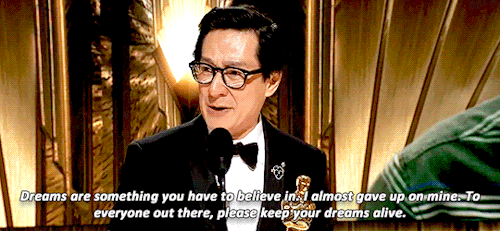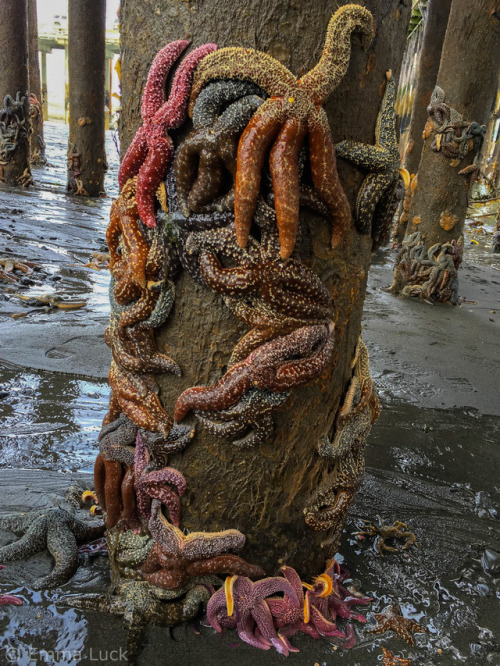Neptuneblueeee - Neptune Blue




More Posts from Neptuneblueeee and Others





everyone shut the fuck up and look at this snake named barcode


I hate these fucking cannibals so fucking much
Me trying to socialize

X

Hubble captures rare triple moon transit of Jupiter
These new NASA/ESA Hubble Space Telescope images capture a rare occurrence as three of Jupiter’s largest moons parade across the giant gas planet’s banded face. Hubble took a string of images of the event which show the three satellites — Europa, Callisto and Io — in action. There are four Galilean satellites — named after the 17th century scientist Galileo Galilei who discovered them. They complete orbits around Jupiter ranging from two to seventeen days in duration. The moons can commonly be seen transiting the face of Jupiter and casting shadows onto its layers of cloud. However, seeing three of them transiting the face of Jupiter at the same time is rare, occurring only once or twice a decade. The image on the left shows the Hubble observation at the beginning of the event. On the left is the moon Callisto and on the right, Io. The shadows from Callisto, Io and Europa are strung out from left to right. Europa itself cannot be seen in the image. The image on the right shows the end of the event, just over 40 minutes later. Europa has entered the frame at lower left with slower-moving Callisto above and to the right of it. Meanwhile Io — which orbits significantly closer to Jupiter and so moves much more quickly — is approaching the eastern limb of the planet. Whilst Callisto’s shadow seems hardly to have moved, Io’s has set over the planet’s eastern edge and Europa’s has risen further in the west. The event is also shown from start to finish in a video. Missing from this sequence is the Galilean moon Ganymede which was outside Hubble’s field of view. The moons of Jupiter have very distinctive colours. The smooth icy surface of Europa is yellow-white, the volcanic sulphur surface of Io is orange and the surface of Callisto, which is one of the oldest and most cratered surfaces known in the Solar System, is a brownish colour.
Image credit: NASA, ESA, Hubble Heritage Team
The world is oftentimes such an ugly place, but sometimes it can be so beautiful.
Like, when two choirs, one from Croatia and the other from Zimbabwe, met on the opposite sides of a Lisbon subway station and both sang to each other.
I unfortunately do not know what the Zimbabwe children choir sang to them (although it was so beautiful), but the Croatian klapa Kastav sang 'Kuća puna naroda' (a house full of people).
And let my reward be a house full of people, my life, give me a voice, so I can embrace you with songs.
Video source: Irena Grdinić
Send Your Name to Jupiter
You’re invited to sign your name to a poem written by the U.S. Poet Laureate, Ada Limón. The poem connects two water worlds — Earth, yearning to reach out and understand what makes a world habitable, and Europa, waiting with secrets yet to be explored.
The poem will be engraved on Europa Clipper, along with participants' names that will be physically etched onto microchips mounted on the spacecraft. Together, the poem and names will travel 1.8 billion miles to the Jupiter system.

Signing up is easy! Just go to this site to sign your name to the poem and get on board. We also have a Spanish-language site where you can send your name en español: Envía tu nombre aquí.
The Europa Clipper launch window opens in October 2024, but don’t wait – everyone’s names need to be received by December 31 this year so they can be loaded onto the spacecraft in time. We hope you’ll be riding along with us! Follow the mission at europa.nasa.gov.
Make sure to follow us on Tumblr for your regular dose of space!

Mottled sea stars (Evasterias troscheli) and flat bottom sea stars (Asterias amurensis) clinging to the ferry pier pilings in Homer, Alaska.
-
 silverod liked this · 4 weeks ago
silverod liked this · 4 weeks ago -
 deathwolfs-reblogs liked this · 1 month ago
deathwolfs-reblogs liked this · 1 month ago -
 whitelightningoverasunset liked this · 1 month ago
whitelightningoverasunset liked this · 1 month ago -
 jug-ornot liked this · 1 month ago
jug-ornot liked this · 1 month ago -
 jellypumpkin liked this · 1 month ago
jellypumpkin liked this · 1 month ago -
 littlegoutman liked this · 1 month ago
littlegoutman liked this · 1 month ago -
 frogboyo reblogged this · 1 month ago
frogboyo reblogged this · 1 month ago -
 iamhuman666 liked this · 1 month ago
iamhuman666 liked this · 1 month ago -
 internallytired liked this · 1 month ago
internallytired liked this · 1 month ago -
 fanaticmorelikefantastic liked this · 1 month ago
fanaticmorelikefantastic liked this · 1 month ago -
 xpyropixiex liked this · 1 month ago
xpyropixiex liked this · 1 month ago -
 kami-kun1003 reblogged this · 1 month ago
kami-kun1003 reblogged this · 1 month ago -
 kami-kun1003 liked this · 1 month ago
kami-kun1003 liked this · 1 month ago -
 sobredunia reblogged this · 1 month ago
sobredunia reblogged this · 1 month ago -
 sobredunia liked this · 1 month ago
sobredunia liked this · 1 month ago -
 beetroot-merchant reblogged this · 1 month ago
beetroot-merchant reblogged this · 1 month ago -
 time-letmebeyourcryptid-phantom liked this · 1 month ago
time-letmebeyourcryptid-phantom liked this · 1 month ago -
 cl1ck0fth3ba1t reblogged this · 1 month ago
cl1ck0fth3ba1t reblogged this · 1 month ago -
 slingsandarrowroot liked this · 1 month ago
slingsandarrowroot liked this · 1 month ago -
 mothghhosted liked this · 1 month ago
mothghhosted liked this · 1 month ago -
 otherworld44 liked this · 1 month ago
otherworld44 liked this · 1 month ago -
 a113cowgirl liked this · 1 month ago
a113cowgirl liked this · 1 month ago -
 jetlaggingbehind liked this · 1 month ago
jetlaggingbehind liked this · 1 month ago -
 vnillacone reblogged this · 1 month ago
vnillacone reblogged this · 1 month ago -
 the-tired-writer reblogged this · 1 month ago
the-tired-writer reblogged this · 1 month ago -
 sunny-espresso liked this · 1 month ago
sunny-espresso liked this · 1 month ago -
 alex-issad liked this · 1 month ago
alex-issad liked this · 1 month ago -
 demitheshine reblogged this · 1 month ago
demitheshine reblogged this · 1 month ago -
 mauradersdaughter liked this · 1 month ago
mauradersdaughter liked this · 1 month ago -
 the-winged-one-flies-still reblogged this · 1 month ago
the-winged-one-flies-still reblogged this · 1 month ago -
 the-winged-one-flies-still liked this · 1 month ago
the-winged-one-flies-still liked this · 1 month ago -
 tranquil-slaughterhouse reblogged this · 1 month ago
tranquil-slaughterhouse reblogged this · 1 month ago -
 tranquil-slaughterhouse liked this · 1 month ago
tranquil-slaughterhouse liked this · 1 month ago -
 certified-boyliker liked this · 1 month ago
certified-boyliker liked this · 1 month ago -
 chilcucked liked this · 1 month ago
chilcucked liked this · 1 month ago -
 nitro502 reblogged this · 1 month ago
nitro502 reblogged this · 1 month ago -
 miiniiniight reblogged this · 1 month ago
miiniiniight reblogged this · 1 month ago -
 miiniiniight liked this · 1 month ago
miiniiniight liked this · 1 month ago -
 dldzz reblogged this · 1 month ago
dldzz reblogged this · 1 month ago -
 dldzz liked this · 1 month ago
dldzz liked this · 1 month ago -
 magicalmysteryperson reblogged this · 1 month ago
magicalmysteryperson reblogged this · 1 month ago -
 magicalmysteryperson liked this · 1 month ago
magicalmysteryperson liked this · 1 month ago -
 scruffydogcreative reblogged this · 1 month ago
scruffydogcreative reblogged this · 1 month ago -
 a-random-gt-person liked this · 1 month ago
a-random-gt-person liked this · 1 month ago -
 kalistarkalospia liked this · 2 months ago
kalistarkalospia liked this · 2 months ago -
 fudgeunicorn16 reblogged this · 2 months ago
fudgeunicorn16 reblogged this · 2 months ago -
 the-biggest-mt liked this · 2 months ago
the-biggest-mt liked this · 2 months ago -
 stormnightshade reblogged this · 2 months ago
stormnightshade reblogged this · 2 months ago -
 screechingcherryblossombarbarian liked this · 2 months ago
screechingcherryblossombarbarian liked this · 2 months ago
